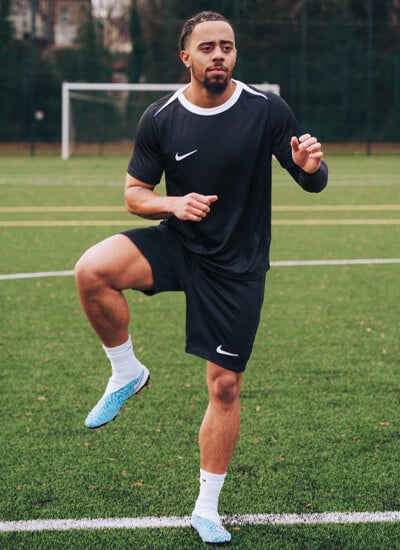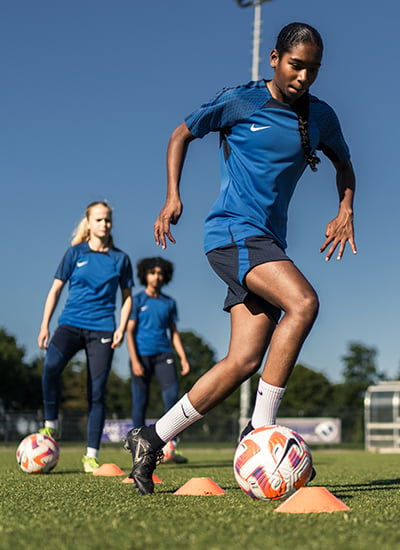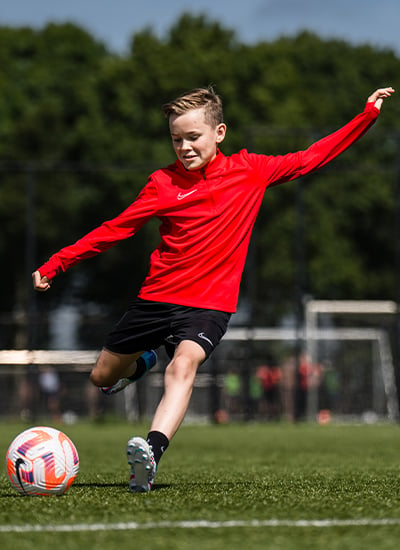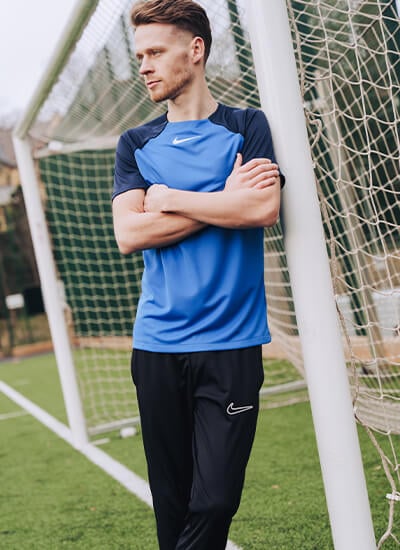Cricket is known for its protective padding and other gear. But the rules of the game, and your own preference, might mean you won’t always wear them!
Do All Cricket Players Need Protective Gear?
With the risk of injury that cricket players can find themselves in, it’s no surprise that many people recommend getting kitted out with… well, a full kit of protective guards and padding. After all, that 90 kph cricket ball coming towards you would probably hurt a lot less if you had a nice cushy leg guard protecting you!
However, if you’re someone who’s not always in the firing line (or swinging line, maybe), or don’t want to splurge out for a full protective kit at first, there’s a question that needs to be asked: Do you actually need protective gear if you’re playing cricket?
It’s a question with a few different answers. What position are you playing? Where are your strengths on the pitch? How much do you find yourself moving around on the pitch? All these things can affect just how much (or little) protective gear you choose to grab for your needs.
Well, in this short guide, we break down the many reasons why many cricketers, despite the obvious advantages, don’t always opt for extra protection!
Are Cricket Players Allowed Protective Gear?
The first thing to understand about protective cricket gear is that it’s pretty heavily regulated in official matches.
Rule 28.1 in the laws of cricket handbook (a fancy way of saying the official cricket rulebook) says that, aside from the wicket-keeper (more on that in a second), no fielders are allowed to wear protective gloves and visible leg guards.
Not only that, but cricket umpires will also get the final say in whether players are allowed to wear any protective hand/finger gear.
If they do take issue, it’s back in the kit those pads go!
Why NOT To Wear Protective Gear
Outside the rules, there are a few practical reasons why many players opt out of wearing cricket gear too.
The first reason is mobility. Having a great big protective glove might sound great for a fielder. But that glove is also usually very bulking, and hard to do anything dextrous with, such as through in a ball across a pitch.
That’s precious extra time for the opposing team to score a few more runs over your team, which is the last thing you want as a fielder!
The same goes if you’re a batsman on the pitch. Those leg, chest, and arm pads are great for protection, but aren’t exactly made with making runs in mind.
I mean, do you want to stay fully protected and super-bulky? Or do you want to be the one that scores those match-winning 3 to 4 runs that extra mobility gets you?
No wonder many batters opt for only a few pieces of protective gear, with just the legs, gloves, and crotch protected, if any at all!
Plus, there is the simple fact that the most common injuries in cricket don’t come from being hit with a cricket ball. Usually, not stretching/warming up and poor throwing form are the biggest offenders here.
According to experts, hamstring strains are the most reported injuries in cricket. No amount of padding can protect you from overextending on that throw, or pulling a muscle while running, diving, or batting.
Which Cricketers Are Allowed Protective Gear
So, if cricket padding, gloves and guards are regulated in official matches, who exactly is allowed to wear protection?
Well, that depends on the kind of gear we’re talking about, as well as what position you’re in.
Wicket-Keepers
If there’s one cricket player who should be fully kitted out in protective gear, it’s the wicketkeeper.
The rules clearly state that the wicketkeeper is exempt from the normal fielder. And considering that you’re both being bowled at, and a batter is standing near you, it’s probably safe to… well, dress safely!
Batsmen
Since rule 28.1 is applied mostly to fielders, batters are allowed a lot more freedom when it comes to what protective gear they wear
Most cricket batting enthusiasts will opt for wearing at least gloves, crotch guard, and leg pads if nothing else.
Fielders
Now wait a second! Didn’t we just say that cricket fielders aren’t allowed to wear protective gear?
Yes, but only when it comes to gloves, guards, and padding. Helmets (as long as they aren’t placed on the floor when not being worn) are still totally fair to wear. Something that fielders around the Slip (close to the batsmen) will greatly appreciate!
Final Notes
So, as you can see, cricket rules on protection stop a lot of fielders from wearing too much protective gear. And practical reasons often stop everyone else from wearing every piece of protective kit they have.
However, that doesn’t mean that you shouldn’t invest in a good set of protective guards, just in case your play style prefers to stay padded up. After all, better to have them and not need them, than to need them and not have them!
Related guides
Best adidas Football Kits by Colour
Summer 2020 Match Kit Guide: adidas








